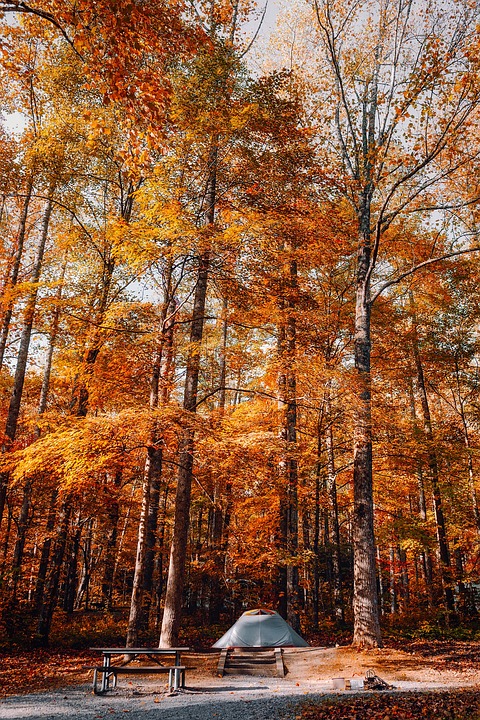Table of Contents
Introduction
When the temperature rises and the sun beats down, camping can become a challenging experience. However, with the right knowledge and preparation, you can beat the heat and enjoy a safe and memorable camping trip. In this article, we will provide you with expert advice on how to stay cool and be safe during scorching summer temperatures.
Choosing the Right Location
The first step to safe camping in hot temperatures is choosing the right location. Look for campsites that offer natural shade, such as those near forests or bodies of water. These shaded areas can significantly lower the temperature, providing relief from the heat. Consider camping near high elevation areas where the temperature tends to be lower.
Timing is Key
It’s essential to plan your camping trip during cooler times of the day. This means avoiding the peak heat between 10 am and 4 pm. Plan your activities such as hiking or exploring during the early morning or late afternoon when the temperature is more bearable. Use this time to relax, hydrate, and recharge during the peak heat hours.
Stay Hydrated
In scorching temperatures, staying hydrated is crucial. Bring an ample supply of water and avoid dehydrating beverages such as alcohol and caffeine. It’s advisable to drink at least one gallon of water per person per day. Use a hydration pack or water bottles to carry and access water easily. Don’t wait until you feel thirsty; sip water throughout the day to keep your body hydrated.
Protect Yourself from the Sun
Exposure to the sun can quickly lead to sunburn, heatstroke, and other health complications. Ensure you protect yourself by wearing lightweight, light-colored, and loose-fitting clothing. Hats with wide brims, sunglasses, and sunscreen with a high SPF are essential. Seek shade whenever possible and consider setting up a canopy or awning to create additional shade at your campsite.
Proper Tent Setup
Setting up your tent properly can make a significant difference in beating the heat. Choose a shaded area and face the entrance away from the sun’s path. Ensure proper ventilation by opening windows and using a rainfly to allow air circulation. Consider investing in insulated tent materials or a reflective tarp to reflect sunlight and reduce heat absorption.
Cooking and Food Storage
When it comes to cooking during hot weather, opt for quick and easy meals that require minimal time over the fire or stove. Choose lightweight, non-perishable foods that don’t require refrigeration. If you must store perishable items, use coolers with ice packs and keep them away from direct sunlight. Practice proper food handling and storage to prevent foodborne illnesses.
FAQs
Q: How can I recognize signs of heatstroke?
A: Symptoms of heatstroke include a high body temperature, dizziness, headache, rapid pulse, and confusion. If you or someone else experiences these symptoms, move to a cool area, drink water, and seek medical assistance immediately.
Q: Is it safe to use fans in tents?
A: While a fan can provide some relief, it’s crucial to prioritize proper ventilation. Set up your tent to allow for natural airflow. Battery or solar-powered fans can be used safely, but avoid using electric fans that require a power source without proper precautions.
Q: Should I bring a portable misting system?
A: Portable misting systems can be a useful tool to cool down the surrounding area. However, it’s important to use them cautiously and avoid overexposure to mist, which can lead to excessive humidity and discomfort inside the tent or campsite.




